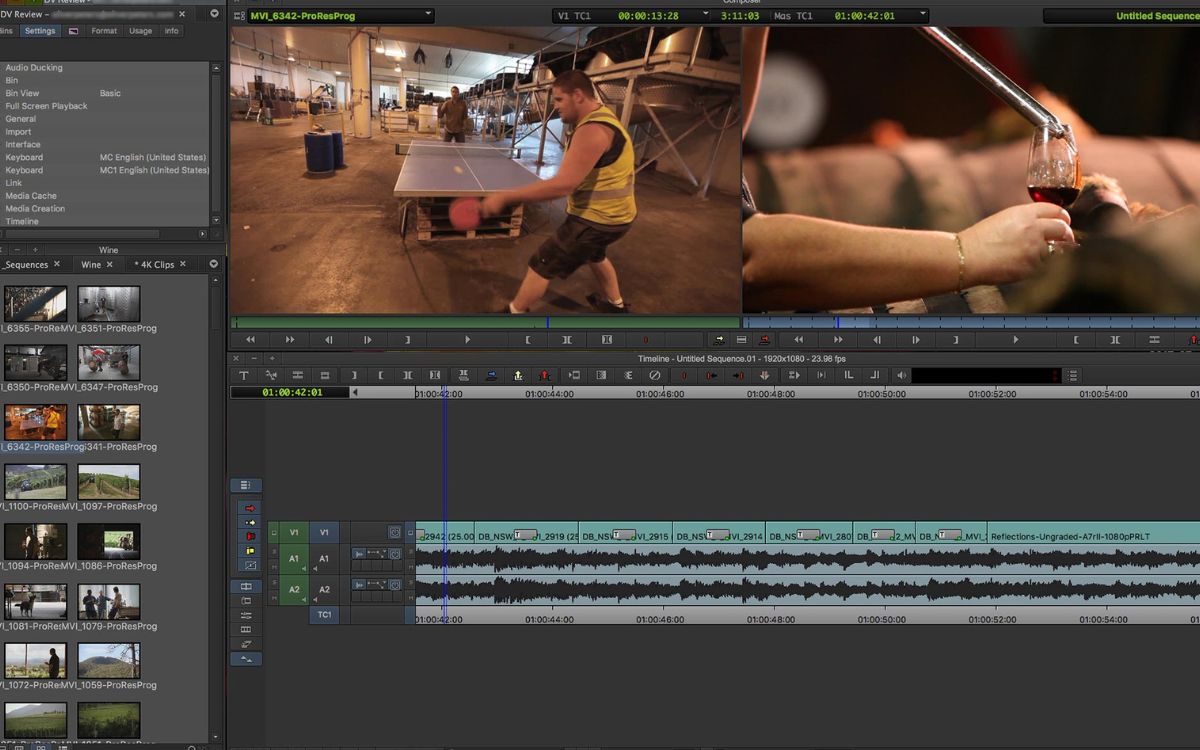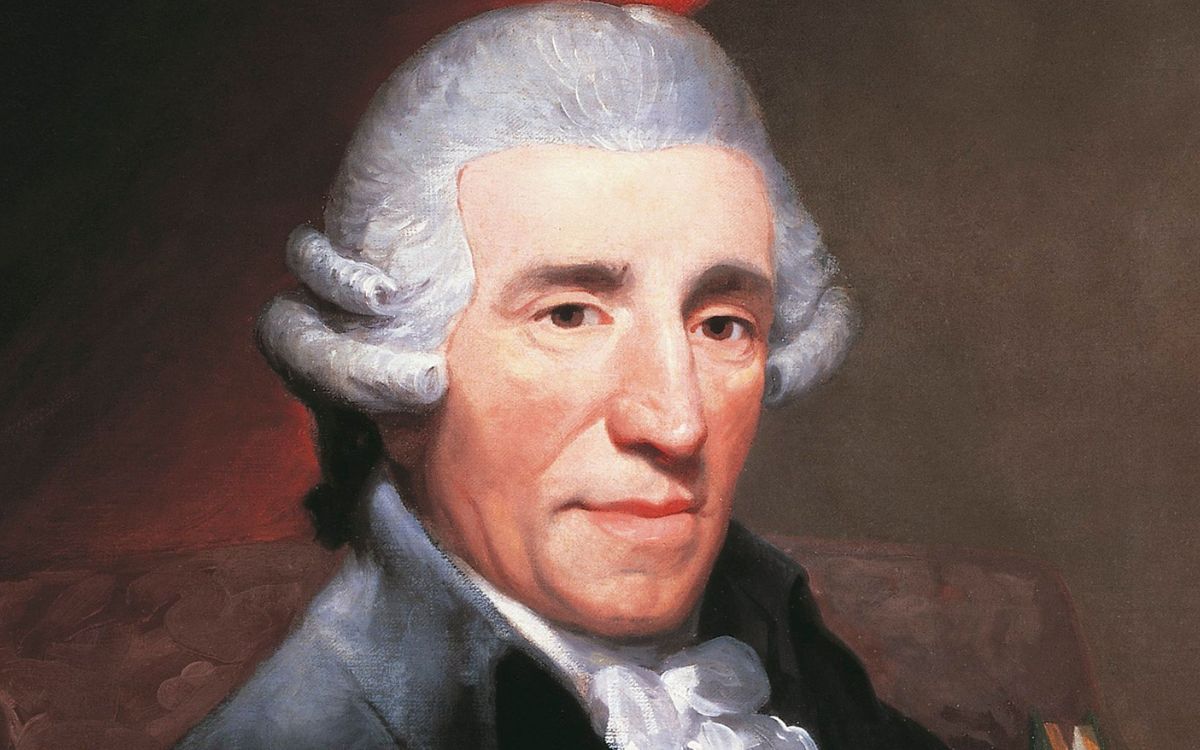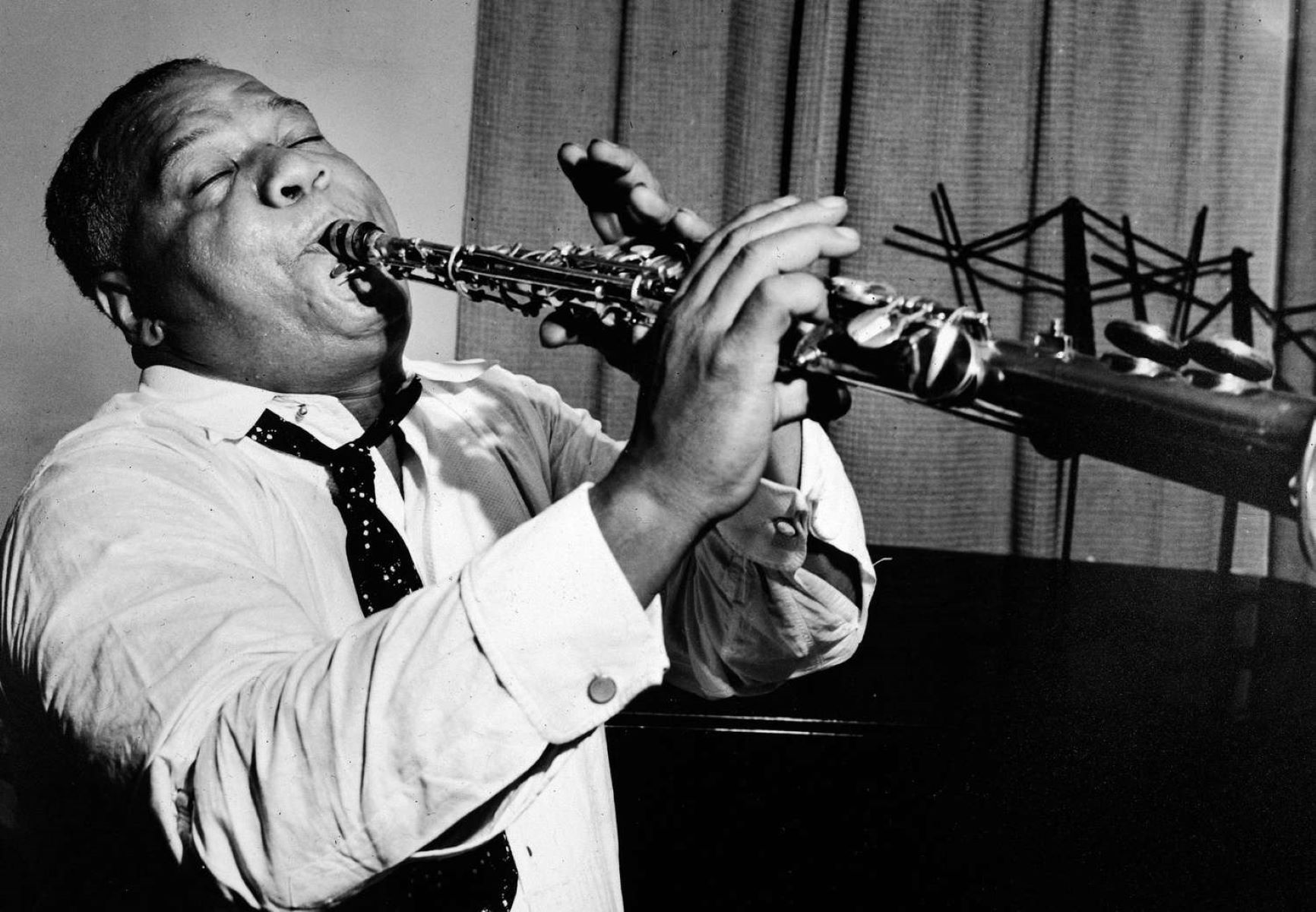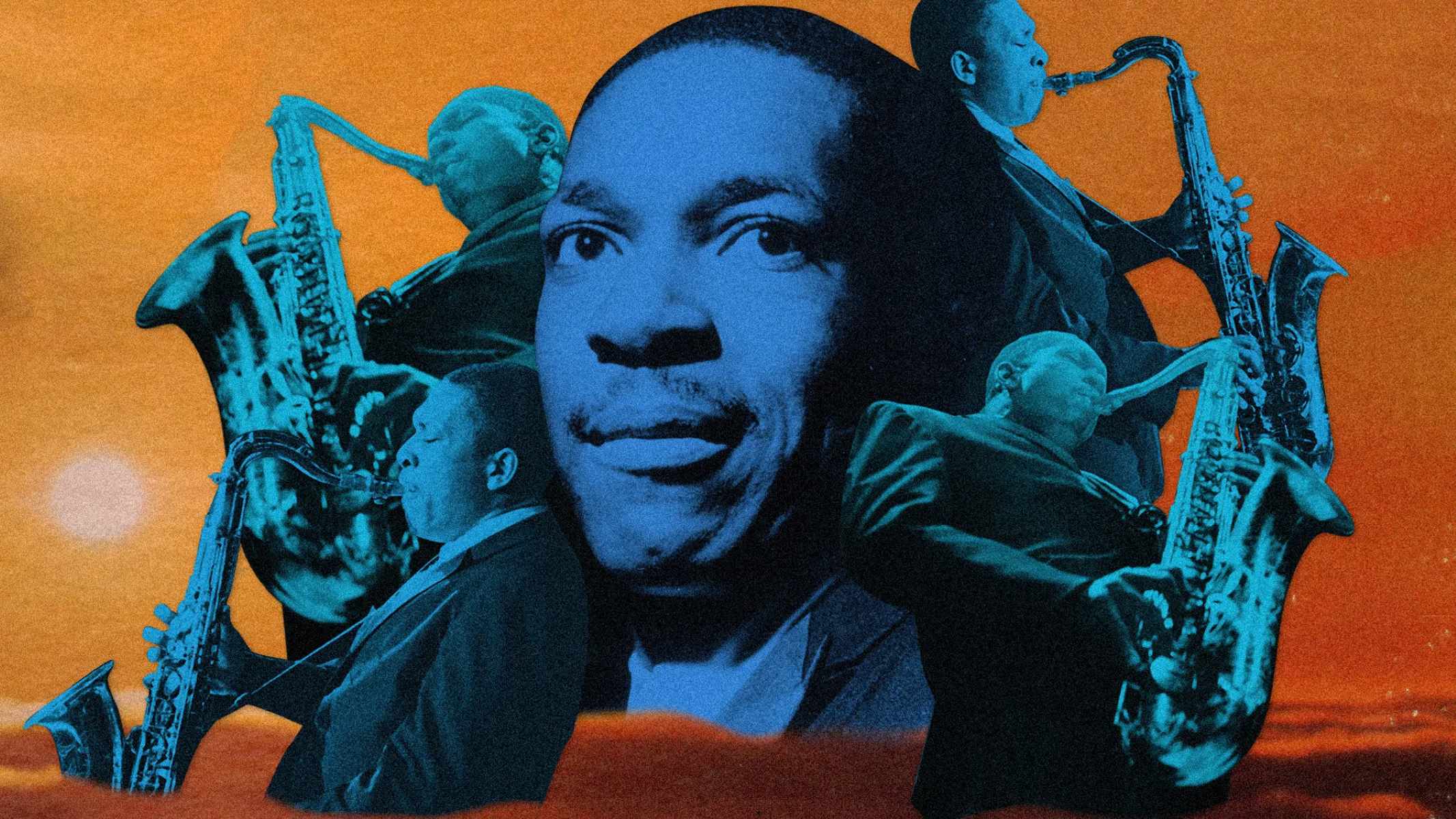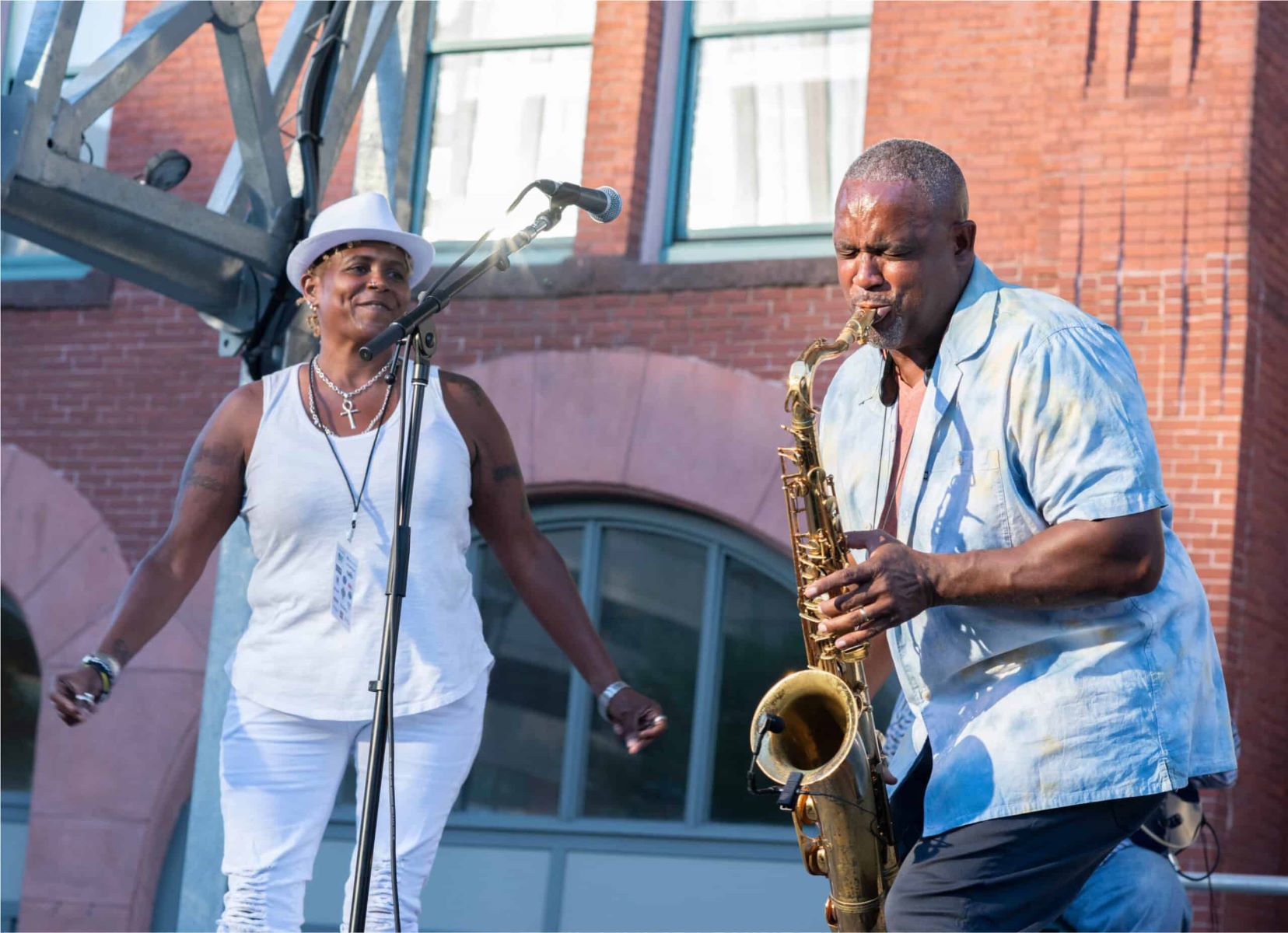Home>Genres>Jazz>Who Is Considered To Be The First Important Jazz Composer
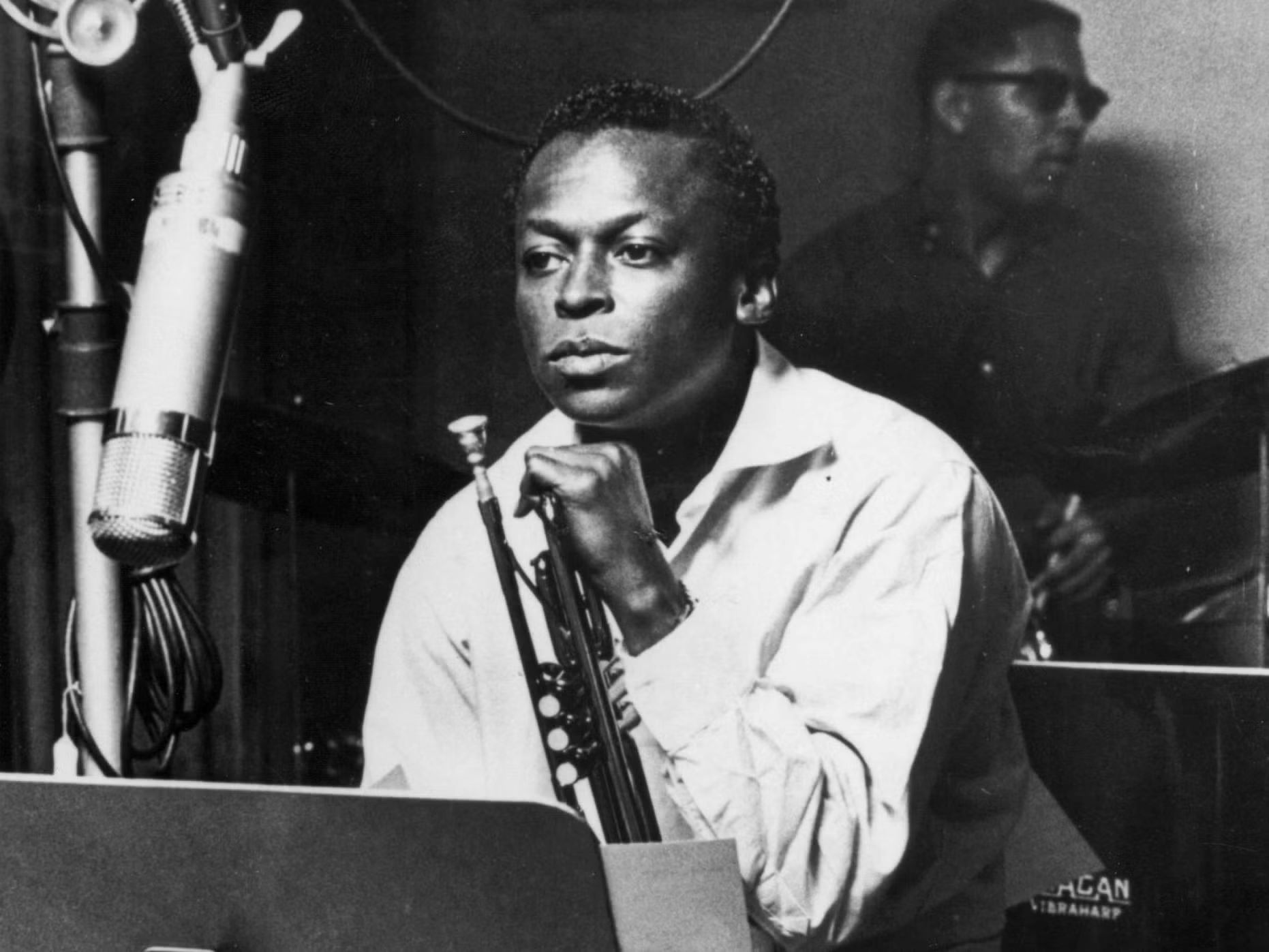

Jazz
Who Is Considered To Be The First Important Jazz Composer
Modified: February 24, 2024
Discover the pioneering jazz composer who paved the way for a revolution in music. Uncover the legacy and impact of this influential figure in the world of jazz.
(Many of the links in this article redirect to a specific reviewed product. Your purchase of these products through affiliate links helps to generate commission for AudioLover.com, at no extra cost. Learn more)
Table of Contents
Introduction
Jazz music is a truly unique and influential genre that has captivated audiences for over a century. With its roots deeply embedded in the African-American community, Jazz has evolved from its early beginnings to become a powerful art form that encompasses improvisation, complex harmonies, and infectious rhythms.
But behind the mesmerizing melodies and toe-tapping beats lies the work of talented jazz composers who have shaped and defined the genre. These composers play a critical role in jazz music, crafting the compositions that serve as the foundation for countless performances and recordings.
In this article, we will delve into the world of jazz composition and explore the question of who is considered to be the first important jazz composer. Through examining the early roots of jazz music, the emergence of jazz composers, and the pivotal role of African-American musicians, we will shed light on the pioneers of jazz composition and evaluate their contributions against the backdrop of jazz history.
Join us on this journey as we unravel the fascinating story of jazz composition and its impact on the evolution of this beloved musical genre. From the smoky jazz clubs of New Orleans to the iconic sounds of the Harlem Renaissance, we will explore the rich tapestry of jazz composition and its significance in the annals of music history.
Early Roots of Jazz Music
The origins of jazz music can be traced back to the late 19th and early 20th centuries, primarily in the African-American communities of New Orleans, Louisiana. A melting pot of cultures, New Orleans became the birthplace of this vibrant musical genre, blending elements of African rhythms, European harmonies, and the improvisational spirit of the blues.
One of the key foundations of jazz was the influence of African musical traditions brought to America by enslaved Africans. These musical traditions, characterized by syncopated rhythms and call-and-response patterns, laid the groundwork for the unique rhythmic complexities found in jazz.
As the city of New Orleans grew, so did the popularity of jazz music. African-American musicians would gather in the vibrant neighborhoods and play a variety of instruments, including the cornet, clarinet, trombone, and piano. These early jazz performances were often impromptu and collaborative, with musicians spontaneously creating music that stretched the boundaries of traditional musical conventions.
Out of these musical gatherings and jam sessions, jazz began to take shape as a distinct genre. The syncopated rhythms, intricate melodies, and improvisational solos found in early jazz compositions set it apart from other musical styles of the time.
Some notable early jazz pioneers include Buddy Bolden, a cornetist who is often credited as one of the first true jazz musicians, and Jelly Roll Morton, a pianist and composer known for his innovative arrangements and fusion of ragtime and blues.
As jazz continued to evolve and gain popularity, it spread beyond the borders of New Orleans and made its way to other major cities such as Chicago and New York. This migration of jazz musicians brought new influences, diverse perspectives, and further pushed the boundaries of the genre.
Overall, the early roots of jazz music laid the foundation for what would later become jazz composition. The fusion of African and European musical traditions, the spirit of improvisation, and the collaborative nature of early jazz performances set the stage for the emergence of jazz composers who would shape the future of the genre.
The Emergence of Jazz Composers
As jazz music gained popularity and began to transcend the boundaries of its early roots, the need for jazz composers became increasingly evident. While early jazz primarily relied on improvisation and collective creativity, the emergence of jazz composition brought a more structured and intentional approach to the genre.
Jazz composers started to play a crucial role in shaping the direction of the music. They began to explore new harmonic possibilities, incorporating intricate arrangements, and crafting compositions that pushed the boundaries of traditional song structures.
One of the key figures in the emergence of jazz composers was Duke Ellington. With his innovative orchestrations and meticulous attention to detail, Ellington elevated jazz composition to new heights. His compositions, such as “Mood Indigo” and “Take the ‘A’ Train,” showcased a level of complexity and sophistication that had not been seen before in jazz music.
Another influential jazz composer of this era was Count Basie. Known for his iconic arrangements and distinctive piano playing, Basie’s compositions, including “Jumpin’ at the Woodside” and “One O’Clock Jump,” showcased his mastery of swing and laid the groundwork for many future jazz compositions.
The emergence of jazz composers not only brought new musical ideas to the genre but also provided a platform for individual expression and creativity. These composers extended the boundaries of jazz composition, incorporating elements from various musical styles and genres, such as classical music, Latin rhythms, and even avant-garde experimentation.
Jazz composers also began to collaborate with prominent jazz musicians, forming partnerships that would lead to groundbreaking recordings and performances. One such collaboration was between pianist Thelonious Monk and saxophonist Charlie Parker. Together, they created some of the most memorable compositions in jazz history, including “Round Midnight” and “Anthropology,” which showcased their unique musical voices and pushed the boundaries of jazz composition.
As jazz continued to evolve and embrace new influences, the role of jazz composers became more diverse and multifaceted. They not only composed original works but also arranged existing jazz standards, adapting them to fit the unique styles of different artists and ensembles.
The emergence of jazz composers marked a significant milestone in the development of the genre. Their contributions brought a new level of sophistication, creativity, and individuality to jazz music. Through their compositions, jazz composers captured the essence of the genre and paved the way for future generations to explore and expand upon their musical ideas.
The Role of African-American Musicians in Jazz Composition
The rich and soulful sounds of jazz music owe much of their origins and development to the African-American community. From the early roots in New Orleans to the global spread of the genre, African-American musicians have played a central role in jazz composition.
The African-American experience, rooted in a history of struggle and resilience, profoundly influenced the creativity and expression found in jazz music. Drawing from their African musical heritage and the hardships faced during slavery and segregation, African-American jazz composers brought a unique perspective and sound to the genre.
Many of the foundational elements of jazz composition can be traced back to African musical traditions. The syncopated rhythms, polyrhythms, and call-and-response patterns found in jazz compositions reflect the influence of African drumming and musical communication styles. African-American jazz composers infused these elements into their compositions, adding layers of complexity and rhythmic vitality.
Moreover, African-American jazz composers used their music as a medium for storytelling and social commentary. In a time of racial inequality and injustice, jazz compositions often served as a form of protest and empowerment. Songs like “Strange Fruit” by Billie Holiday and “Freedom Suite” by Sonny Rollins encapsulated the struggles and aspirations of the African-American community, bringing awareness to social issues and advocating for change through the power of music.
Not only did African-American jazz composers make significant contributions to the genre as composers, but they were also instrumental in shaping the evolution of jazz through their performances. Many of the influential jazz composers were also skilled instrumentalists, using their virtuosity and improvisational abilities to showcase their compositions in live settings. This fusion of composition and improvisation allowed for a dynamic and ever-evolving jazz landscape.
Furthermore, African-American jazz composers and musicians actively nurtured new talent and served as mentors to future generations. Their commitment to passing down the traditions and techniques of jazz composition ensured the continuation and growth of the genre. Jazz education programs developed by African-American musicians, such as the Jazz at Lincoln Center Orchestra led by Wynton Marsalis, have become iconic in promoting and preserving the art of jazz composition.
Overall, the role of African-American musicians in jazz composition cannot be overstated. Their unique cultural heritage, musical expressions, and social activism have shaped and continue to shape the essence of jazz music. By infusing their compositions with passion, innovation, and storytelling, African-American jazz composers have cemented their place as key contributors to the evolution of this rich and influential musical genre.
Pioneers of Jazz Composition
As jazz music continued to evolve and mature, several pioneering musicians emerged as trailblazers in the realm of jazz composition. These visionary artists pushed the boundaries of traditional musical conventions, incorporating new harmonic concepts, complex arrangements, and innovative structures into their compositions.
One of the most influential pioneers of jazz composition was Charles Mingus. With his virtuosic bass playing and innovative approach to composition, Mingus created a diverse body of work that bridged the gap between traditional jazz and avant-garde experimentation. His compositions, such as “Goodbye Pork Pie Hat” and “Haitian Fight Song,” showcased his formidable skills as a composer and his ability to blend different styles and genres.
Another significant figure in the history of jazz composition is Thelonious Monk. Known for his idiosyncratic playing style and unconventional compositions, Monk brought a unique perspective to jazz. His compositions, including “Round Midnight” and “Straight, No Chaser,” featured angular melodies, dissonant harmonies, and unexpected rhythmic patterns, challenging the conventions of traditional jazz composition.
Additionally, Gil Evans emerged as a pioneering jazz composer in the realm of orchestral jazz. His collaborations with trumpeter Miles Davis, including the landmark album “Miles Ahead,” showcased his ability to arrange and compose for large ensembles with lush harmonies and unique instrumentation. Evans’ innovative treatment of classical compositions, such as his arrangement of George Gershwin’s “Porgy and Bess,” further solidified his reputation as a visionary jazz composer.
It is also important to mention Mary Lou Williams, a remarkable jazz pianist and composer who defied gender norms and became a driving force behind the evolution of jazz composition. Williams’ compositions merged elements of swing, blues, and bebop, and she played a significant role in arranging and composing for big bands. Her compositions, such as “Zodiac Suite” and “The Devil’s Workshop,” showcased her mastery of different styles and her innovative approach to jazz composition.
These pioneers of jazz composition not only left a lasting impact on the genre but also paved the way for future generations of jazz composers. Their willingness to experiment, challenge musical conventions, and push the boundaries of jazz composition continues to inspire and influence jazz musicians and composers to this day.
It is through the bold and visionary contributions of these pioneers that jazz composition has flourished as a unique art form, constantly evolving and embracing new musical ideas and concepts. Their invaluable contributions have shaped the landscape of jazz composition, leaving an indelible mark on the history of this vibrant musical genre.
Evaluating the First Important Jazz Composer
Determining the first important jazz composer is a complex and subjective task due to the nature of jazz’s development as a genre. Jazz music emerged gradually from a blend of African-American musical traditions, incorporating elements of improvisation, syncopation, and collective creativity. As a result, pinpointing a definitive first important jazz composer can be challenging.
One figure often credited as an important early jazz composer is Jelly Roll Morton. Morton, a pianist, and bandleader in the early 1900s, is known for his innovative arrangements and compositions that blended ragtime, blues, and early jazz elements. His composition “Jelly Roll Blues” is considered one of the earliest published jazz compositions and is recognized as a significant contribution to the development of jazz composition.
However, it is crucial to acknowledge that jazz composition existed before Morton’s time. Musicians such as Buddy Bolden and Louis Armstrong were known for their improvisatory skills and their ability to create melodies and harmonies on the spot. While they may not have left behind written compositions, their contributions to the development and shaping of jazz cannot be understated.
Another important aspect to consider is the collaborative nature of early jazz. Many early jazz performances were interactive, with multiple musicians contributing to the overall musical creation. This collective approach makes it challenging to pinpoint a single individual as the first important jazz composer.
Nevertheless, the contributions of Duke Ellington cannot be overlooked. Ellington’s career spanned several decades, and he is widely regarded as one of the most influential jazz composers of all time. His compositions, such as “Take the ‘A’ Train” and “Mood Indigo,” demonstrated his prowess in crafting intricate arrangements, harmonies, and melodies that showcased the richness and complexity of jazz composition.
Ultimately, the designation of the first important jazz composer is a matter of interpretation and perspective. Each mentioned musician played a significant role in the development of jazz composition, contributing to the genre’s richness and diversity.
It is essential to recognize and celebrate the collective efforts of these early jazz pioneers who laid the foundation for future generations of jazz composers. Their innovative spirit and devotion to expanding the artistic boundaries of jazz composition have paved the way for countless musicians to explore and push the limits of this captivating genre.
Conclusion
Jazz composition, with its rich history and diverse influences, has evolved into a sophisticated art form that continues to captivate audiences worldwide. From its early roots in New Orleans to its global reach, jazz composition has been shaped by a multitude of talented individuals who pushed the boundaries of musical expression.
While the concept of identifying the first important jazz composer may be elusive, it is clear that the genre has been propelled forward by the innovation and creativity of numerous musicians. Figures such as Jelly Roll Morton, Duke Ellington, and Charles Mingus played pivotal roles in shaping the landscape of jazz composition, bringing their unique perspectives and stylistic approaches to the genre.
Moreover, it is vital to acknowledge the invaluable contributions of African-American musicians in jazz composition. Their cultural heritage, resilience, and determination have infused jazz with the soul, rhythms, and storytelling that make it so distinctive and powerful. African-American composers, from Duke Ellington to Mary Lou Williams, have defied conventions, shattered barriers, and left an indelible mark on the history of jazz composition.
As jazz composition continues to evolve, it is important to recognize the collaborative nature of the genre. From the early jam sessions in New Orleans to the modern-day collaborations between musicians, jazz composition is an ever-evolving conversation that embraces new ideas and influences.
In conclusion, while it may be challenging to determine the first important jazz composer definitively, it is undeniable that jazz composition has been shaped by the pioneering efforts of many talented individuals. These composers, through their innovative arrangements, complex harmonies, and bold experimentation, have propelled jazz composition to new heights.
Jazz composition is a testament to the power of artistic expression, creativity, and collaboration. It continues to captivate listeners and inspire musicians of all backgrounds. As we celebrate the history and impact of jazz composition, let us also look forward to the future and the endless possibilities that await within this ever-evolving genre.


